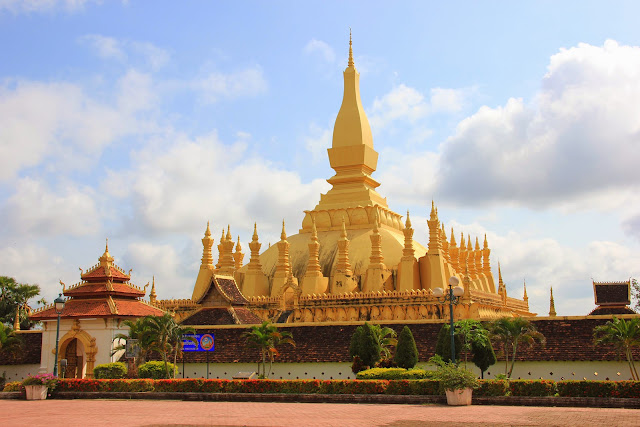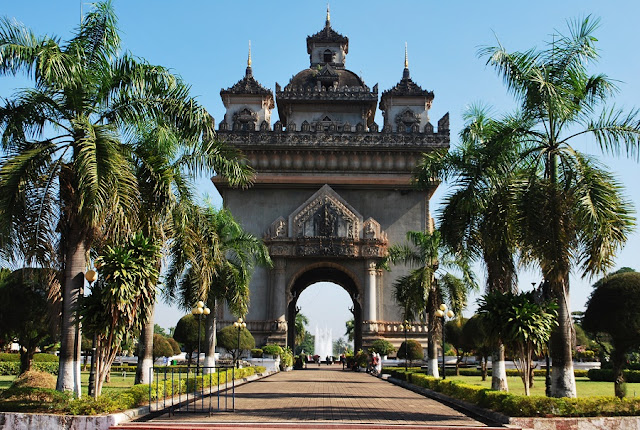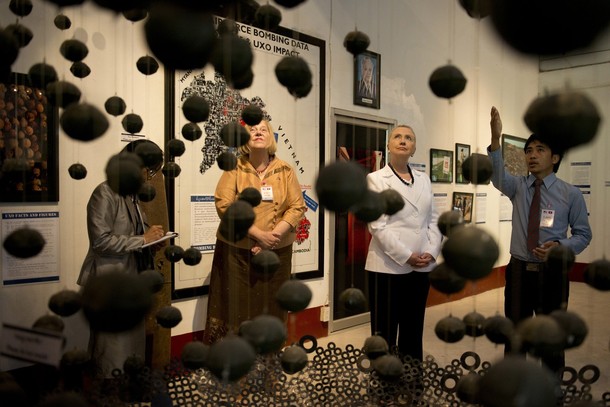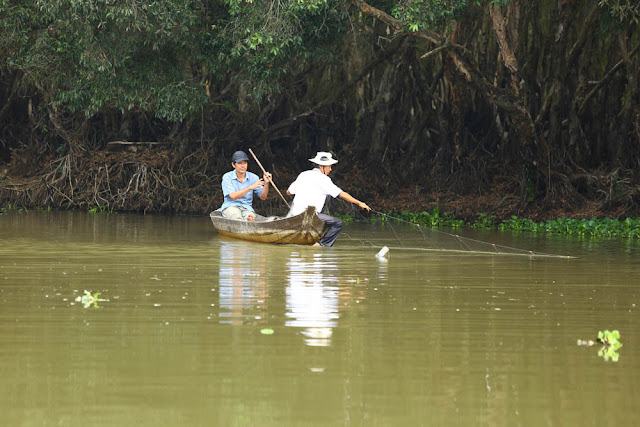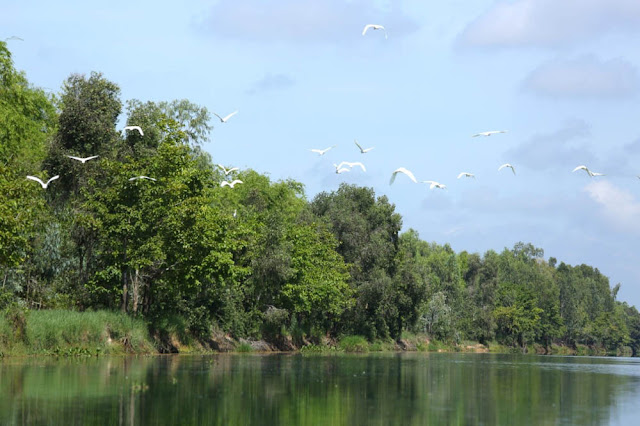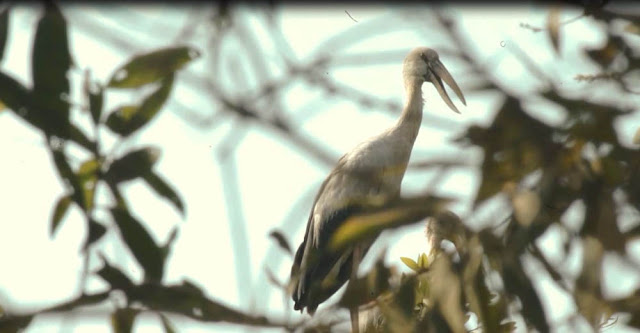1. Street eat: real feasts
Food in Cambodia is also as varied and great as that in Vietnam and Thailand. Whether for lack of familiarity, fear of “prahok” condiment (Cambodia’s pungent fish sauce) or hygiene worries, few travelers to the kingdom indulge. Consuming a morning to wander around the city’s food markets and street food stalls with the Scottish chef Steven Halcrow or the American writer Lina Goldberg on a Siem Riep Food Tour, any doubts will be defeated. Surely gourmets will be pleased after a feast of original dishes like grilled fish paste pancakes wrapped around spicy cucumber pickles, dumplings oozing with coconut cream, jujube fruit stewed in smoky palm sugar and pumpkin, soy milk shakes.
Food in Cambodia is also as varied and great as that in Vietnam and Thailand. Whether for lack of familiarity, fear of “prahok” condiment (Cambodia’s pungent fish sauce) or hygiene worries, few travelers to the kingdom indulge. Consuming a morning to wander around the city’s food markets and street food stalls with the Scottish chef Steven Halcrow or the American writer Lina Goldberg on a Siem Riep Food Tour, any doubts will be defeated. Surely gourmets will be pleased after a feast of original dishes like grilled fish paste pancakes wrapped around spicy cucumber pickles, dumplings oozing with coconut cream, jujube fruit stewed in smoky palm sugar and pumpkin, soy milk shakes.
To feel traditionally local savors, be ready to stuff additionally “num banh chok”, cool, slippery rice vermicelli doused with coconut-fish or chile-chicken gravy tossed with vegetables and herbs. You may desire enjoy more after visiting the village where many families still make noodles by hand.
Nom banh chok
2. Shopping: contemplate unusual items
Growing number of weird boutiques is evident for Siem Riep’s creation and liveliness. Take a street browse, possibly commence your shopping spree in Pop-up shop, where the Australian owner loves Scandinavia style and combine it with Angkorian designs, create not-your-usual souvenirs (watermelon-half pillows and block-print note-cards for instance). Next, pass over three blocks to Kandal Village, a community of shop, café, restaurant and spa. The owner have altered two lines of once-bland storefronts into one of Siem Reap’s coolest mini hoods. Here, adorable items, like silk scarves with modern ikat patterns, boldly colored diamond-quilted cotton blankets, delicate silver spoons and miniatures, plus one-off pieces like geometric 19th-century weaving designs from France, can be seen at Louise Loubatieres.
Continue pacing to uncanny Trunkh, where cotton shirts and pants with daring patterns, dragonfly silk-screened sarongs, primitive animal figurines made of unfired river mud, carousel animal, even old signals drawn by hand, are on display. Sirivan Chak Dumas boutique, owned by the same name Cambodian designer, specially features well-priced but fashionable costumes in bright and neutral-toned linen, silk and featherweight cotton. If tailor-made is your style, drop in Neary Khmer, where you can opt richly hued raw silks and order some sewn stuffs in the spot.
Trunkh boutique
3. To market: Cambodian products only
Recharge with an iced Cuban (espresso shot, sugar syrup, milk) at Litter Red Fox Espresso, then head northward over two blocks to Oum Khun street for Made in Cambodia market, a showcase for Cambodian design and craftsmanship with Cambodia products only truly made in Cambodia. Inspect more than 40 stalls with diverse products for sales, from silk scarves, wallets and document cases made from recycle materials, Cambodian-styled jewelry, Sombai infused rice liqueur, to beautiful vegetal lacquerware made from natural pigments. Several things is for everyone, such as a delightful march from an orchestra.
Recharge with an iced Cuban (espresso shot, sugar syrup, milk) at Litter Red Fox Espresso, then head northward over two blocks to Oum Khun street for Made in Cambodia market, a showcase for Cambodian design and craftsmanship with Cambodia products only truly made in Cambodia. Inspect more than 40 stalls with diverse products for sales, from silk scarves, wallets and document cases made from recycle materials, Cambodian-styled jewelry, Sombai infused rice liqueur, to beautiful vegetal lacquerware made from natural pigments. Several things is for everyone, such as a delightful march from an orchestra.
4. Frozen treats: house-made cream
Get to Glasshouse Deli Patisserie for Siem Reap’s best house-made ice-cream, a shining cafe on the ground floor of the Park Hyatt. Taste divinely rich, black chocolate ice-cream or confuse yourself by natively inspired flavors such as cinnamon swirl, lemongrass and pandan.

5. Circus: Cambodian style
No hope to see animal dancing in Phare, but this Cambodian circus will offer a wide range of interesting performances from theater, music, dance, storytelling to circus arts coming together in an elaborate, long show staged by students and graduates of Phare Performing Social Enterprise’s Battambang school. You may spend about $35 for a best seat, nearest to the stage and accompanied a bottle of iced water. Keep your ticket and arrive early to saunter Phare’s small craft shops or grab a juice at the cafe. Shows vary monthly.
6. Cuisine: by special youths
Grab a tuk tuk for a short ride to Marum, a hospitable training restaurant that its members are disabled Cambodian youths, operated by Friends-International, with alike restaurants also in Phnom Penh and Laos.
Dwelling in a lovely teak mansion, Marum has best seats for diners at a stunning garden shaded by trees and strung with fairy-lights. Its menu tends to Spanish tapas style, both original (crisp and creamy silkworms with spicy green mango salad) and creatively Cambodian (rice paper rolls with grilled peppers, goat cheese and tamarind chile dip). The stir-fried beef in a silky sauce soured with red tree ants, over crunchy water spinach leaves, will amaze you, in a great way. Reserve a space in your belly to enjoy thick, spicy chocolate and Kampot pepper cake with passionate fruit syrup.
Source: The New York Times
ACTIVETRAVEL ASIA would like to recommend Biking Angkor Cambodia and more tour. This 3-day cycling tour brings you to explore Siem Reap, not only its highlighted Angkor Complex, but also small local villages, markets, pagodas, to have an opportunity to interact with local passers-by and immerse in Cambodian cultures. Particularly, you will cycle deeply through the jungle, where remains a lot of mysterious temple ruins, to have authentic look about Khmer history.




























